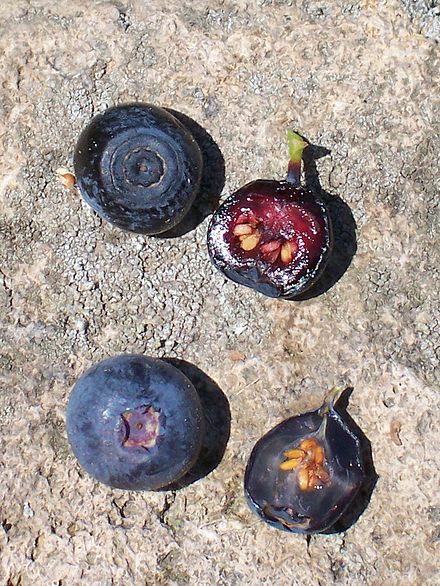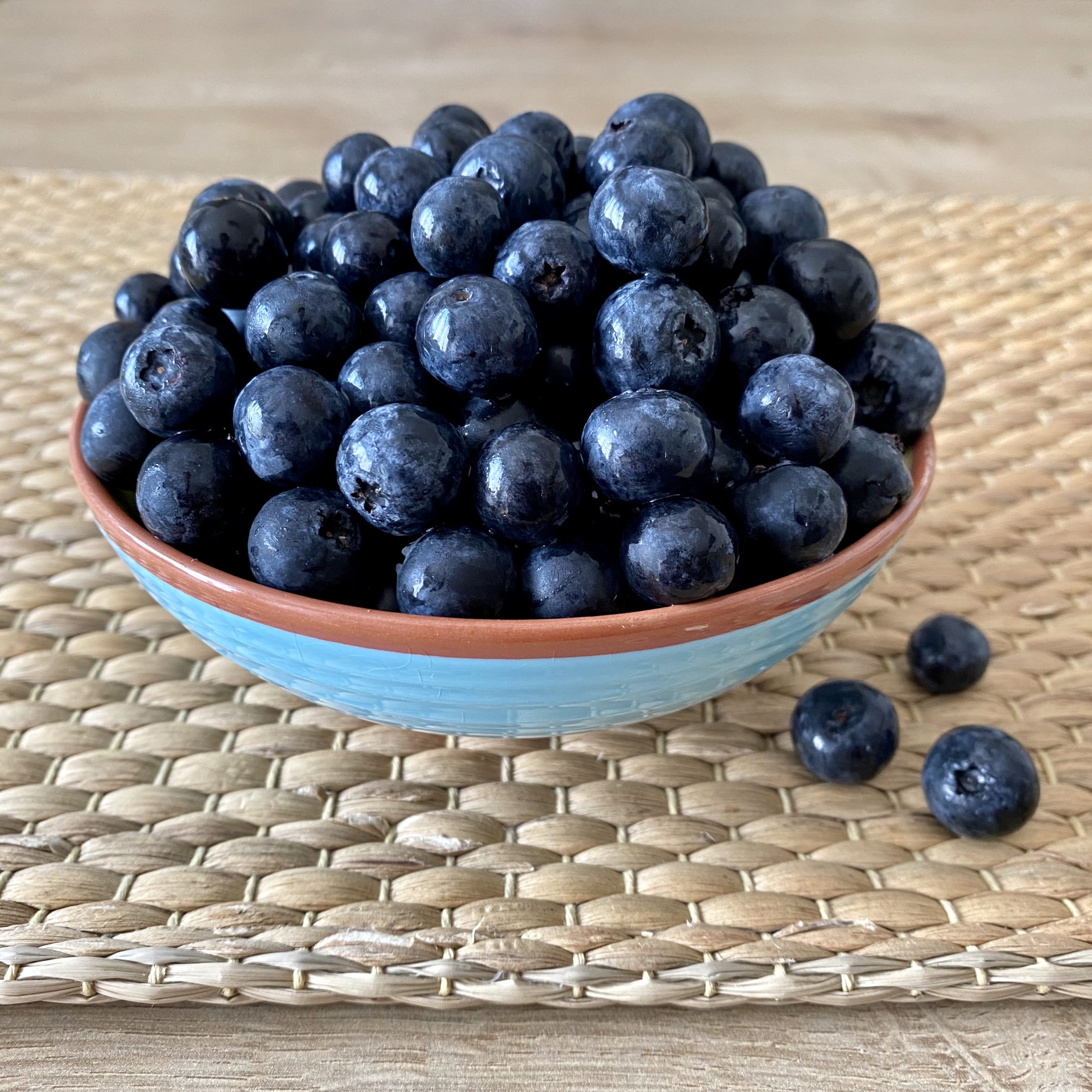“When the diet is bad, drugs are not helpful. And when the diet is good, drugs are unnecessary.”
Ayurvedic proverb.
Hello, young Padawan
To be in shape and in a great mood all winter long, the time has come to provide your body with all antioxidants, vitamins, and minerals it needs. The stronger a body is nourished with the right nutrients, and the better it is able to fight against the inconveniences of cold seasons.
However, if there is a berry that does not harvest enough love, coming straight from beautiful mountainous (or hilly) regions, the one that maintains marmots and sportsmen in shape, it is blueberry, your best friend from sunny days to fall.
Eaten in Europe since the Middle Ages, it has a thousand and one virtues, both nutritious and medicinal. Eaten raw to keep the maximum benefits, blueberries can also be preserved in syrups, jams, or dried to make herbal teas in winter, not to mention our famous French Savoie’s blueberry pie.
Blueberries
Small fruits from wild shrubs, blueberries are members of the large Ericaceae family, produced by species of the Vaccinium genus, cousins of lingonberries, cranberries, and so on. They are found mainly in Europe and North America, under the name myrtilles in France, or bleuets in Canada.
Small berries of midnight blue-purple color, they love mountainous terrain to flourish, just like your faithful servant. In Europe, we mainly find two varieties, common blueberry and bog bilberry.
It used to be a herbal remedy used to treat diarrhea, dysentery, and a lot of other troubles in the intestines. Breastfeeding women also consumed them to stop their milk production, while others used them to treat eye diseases such as cataracts or glaucoma, to treat scurvy, circulatory problems, or diabetes.

Common blueberry (Vaccinium myrtillus, top) and bog bilberrry (Vaccinium uliginosum, below). Photo-credit : Wikipédia.
A superfood
Its dark color tells us immediately that its main asset is its antioxidant power. Indeed, dark fruits are the foods that contain the most.
Bilberry, therefore, contains great anti-aging properties (vitamin C, vitamin A, vitamin E), fighting against oxidative stress. And so, who says vitamin A, says “anti-aging and anti-wrinkle”, yes, sure, but above all: eye health. Its antioxidant power protects the retina and the macula. This thus reduces the probabilities of developing pathologies such as cataracts, or macular degeneration, or glaucoma as seen above.
They help absorb calcium and vitamin D thanks to the minerals they contain (calcium, potassium, iron, magnesium, zinc, manganese, copper, phosphorus) and also with their vitamin K help both to maintain the health of our bones and our teeth.
Blueberries also have the property of reducing the risk of certain cancers thanks to its antioxidant power on the one hand, but also to the presence of folic acid on the other hand, which allows the body to avoid the mutation of its cells. They are also a panacea for cardiovascular health: our hearts love blueberries.
They help people prone to urinary tract infections thanks to their alkaline power and their high content of antibacterial compounds. Consuming it alters the environment necessary for microorganisms to proliferate. Its anti-inflammatory effect also calms pain.
Bilberry, especially thanks to the soft fibers and tannins it contains, is a blessing for intestinal health.
Finally, it would also have a neuroprotective effect, positive on memory, and thus prevent the development of degenerative diseases, according to several studies conducted on animals (see sources). In short, when in doubt, let’s eat blueberries.
For all occasions
Whether you put a handful or two in your seasonal veggie slow juice, drop a few in your current buddha bowl, choose to snack them in front of a movie, or drop a dozen in your favorite dessert, it’s like you want them, but eat them a lot, as raw as you can.
You will have understood, for the winter, for cozy moments, you can also freeze some to make blueberry pies, the emblematic dessert of French Savoie’s, or make blueberry muffins, do some jams or syrups for lazy Sundays, but you can also dry some to make anti-liquid-poo herbal teas (A tablespoon of dried blueberries in 15 oz of boiling water, let infuse for 20 minutes, strain. Drink 3 oz every 3 to 4 hours, it is a great anti-diarrhea). You’re welcome.
With all this, if you’re not the more energized in the office, I don’t know what to do!
XO ☀️
Sources :
Foods that fight cancer – Richard Béliveau Ph.D. , Denis Gingras Ph.D – Ed McClelland & Stewart.
List of Dr. Béliveau’s books, from the UQÀM of Montreal, in French.
Study on blueberries and memory in mice.

The good blueberries from French Haute-Savoie, yummy … but let’s leave some to the marmots, lol.
